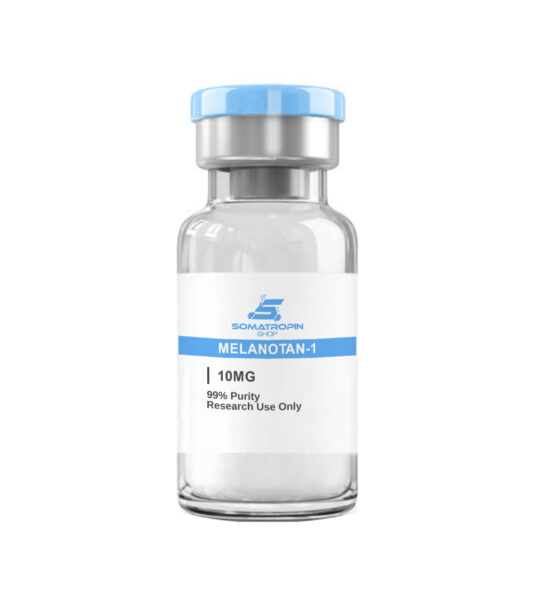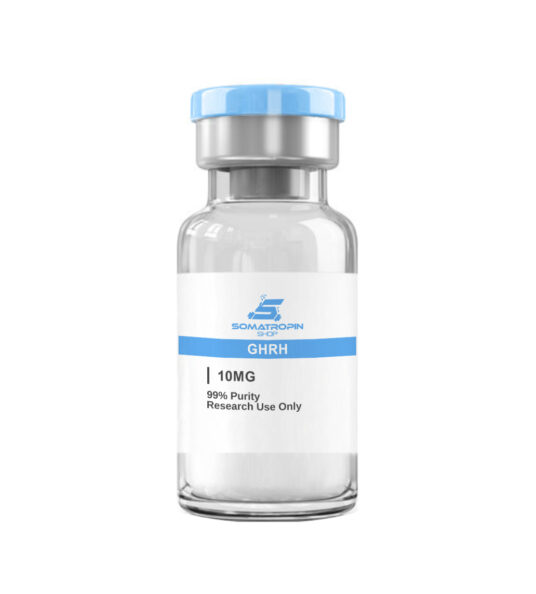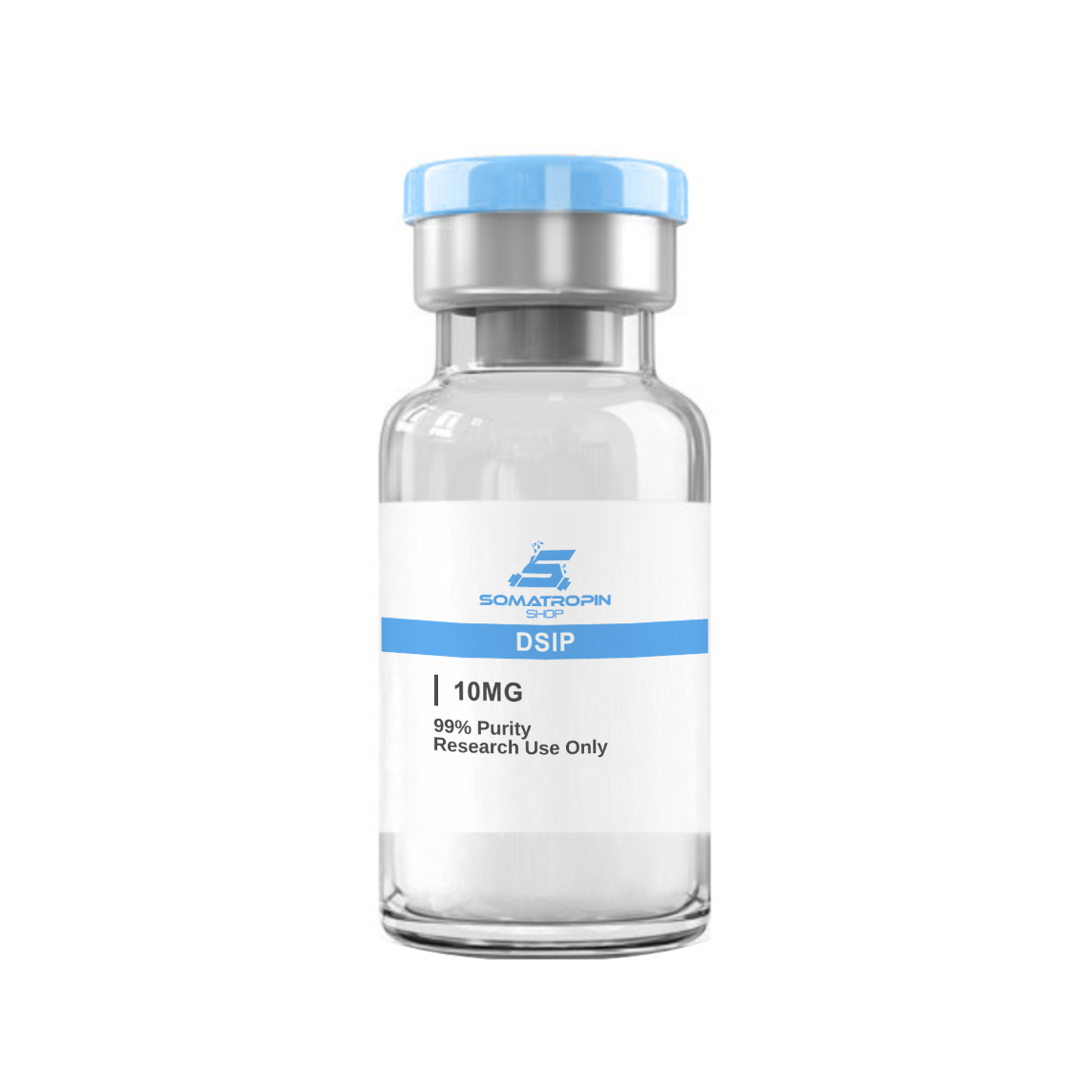Description
Semaglutide
Semaglutide is a derivative of the naturally happening GLP-1, a peptide known to lower blood sugar levels and enhance insulin secretion. Research shows that Semaglutide may also improve heart, liver, and lung function while helping to slow or prevent the effects of Alzheimer’s disease. Semaglutide is showing a signifcantly decresasing in appetite by slowing down gastric wasting and reducing intestinal molitiy. Glucagon-Like Peptide-1 (GLP-1) Analog is also showing results in stimulating Insulin and supressing Glucagon secretion in Glucose- Dependent Manner
Semaglutide and GLP-1 Overview
GLP-1, short for Glucagon-Like Peptide-1, is a fast, naturally occurring peptide hormone just 30-31 amino acids in length. Its primary physiologic function is to lower blood sugar levels by naturally enhancing insulin secretion. It also protects beta cell insulin stores by promoting insulin gene transcription and linking with Neurotrophic effects in the brain and central nervous system. GLP-1 significantly decrease appetite by delaying gastric emptying and reducing intestinal motility in the GI system. Preliminary research has shown the impacts of GLP-1 on the heart, fat, muscles, bones, liver, lungs, and kidneys.
The primary focus of GLP-1 research has been on Diabetes treatment/prevention and appetite suppression. Secondary research focuses on the potential Cardiovascular benefits of the peptide. More recent, and thus less robust, research focuses on the ability of GLP-1 to stave off Neurodegenerative disease. Though this latter area of research is the newest, it is also the fast-growing area of GLP-1 study now that the peptide is showing to slow or prevent the accumulation of amyloid beta plaques in the setting of Alzheimer’s disease.
Semaglutide Structure

Molecular Formula: C187H291N45O59
Molecular Weight: 4113.64 g/mol
Pubchem CID: 56843331
CAS Number: 910463-68-2
Semaglutide and GLP-1 Research
The Incretin Effect of GLP-1
Perhaps the most crucial effect that GLP-1 has, according to Dr. Holst, is referred to as the “Incretin effect.” Incretins are a group of Metabolic Hormones released by the GI tract that causes a decrease in blood glucose (sugar) levels. GLP-1 is one of the two most essential hormones (the other being GIP) to stimulate the incretin effect in rodent models. Though GIP circulates at levels roughly ten times higher than GLP-1, there is evidence that GLP-1 is the more potent of the two molecules, mainly when blood glucose levels are pretty high.
A GLP-1 receptor has been identified on the surface of Pancreatic beta cells, making it clear that GLP-1 directly stimulates the Exocytosis of insulin from the Pancreas. When combined with Sulfonylurea drugs, GLP-1 is boosting insulin secretion enough to cause mild Hypoglycemia in up to 40% of subjects.
GLP-1 and Beta Cell Protection
Research in animal models suggests that GLP-1 can stimulate the growth and proliferation of Pancreatic beta cells and may stimulate the differentiation of new beta cells to form progenitors in the Pancreatic Duct Epithelium. Research has also shown that GLP-1 inhibits Beta-cell Apoptosis. These effects tip the usual balance of beta cell growth and death toward development, suggesting that the peptide may help treat Diabetes and protect the Pancreas against an insult that harms beta cells.
In one particularly compelling trial, GLP-1 showing the inhibition of the death of beta cells caused by enhanced levels of Inflammatory Cytokines. Mouse models of type 1 Diabetes have revealed that GLP-1 protects islet cells from destruction and may be a valuable means of preventing the onset of type 1 Diabetes.
GLP-1 and Appetite
In brief Research in mouse models suggests that administration of GLP-1, and its similar cousin GLP-1, into the brains of mice, can reduce the drive to eat and inhibit food intake. GLP-1 may enhance satiety, helping individuals feel fuller and indirectly reducing hunger. Recent clinical studies have shown in mice that twice daily administration of GLP-1 Receptor Agonists causes gradual, linear weight loss. Over an extended period, this weight loss is associated with significant improvement in Cardiovascular risk factors and a reduction in Hemoglobin A1C levels, the latter being a proxy marker for the severity of Diabetes and the quality of blood sugar control reached via treatment.
Potential Cardiovascular Benefits of GLP-1
GLP-1 receptors distribution throughout the heart and act to improve cardiac function in specific settings by boosting heart rate and reducing left ventricular end-diastolic pressure.
Recent evidence has even suggested that GLP-1 could lower the overall damage caused by a heart attack. It appears that the peptide improves cardiac muscle glucose uptake, thereby helping to struggle Ischemic heart muscle cells to get the nutrition they need to continue functioning and avoid programmed cell death. The increase in glucose uptake in these cells is independent of insulin.
Large infusions of GLP-1 into dogs have shows improving LV performance and reduce systemic vascular resistance. The latter effect can help lower blood pressure and ease the strain on the heart. In turn, it can help to reduce the long-term consequences of high blood pressure, such as LV remodeling, vascular thickening, and heart failure. According to Dr. Holst, administration of GLP-1 following cardiac injury has “constantly increased Myocardial performance both in experimental animal models and in patients.”
GLP-1 and The Brain
There is some evidence to suggest that GLP-1 can improve learning and help to protect neurons against Neurodegenerative diseases such as Alzheimer’s disease. In one study, GLP-1 enhanced associative and spatial learning in mice and improved learning deficits in mice with specific gene defects. In rats that over-express the GLP-1 receptor in some areas of the brain, learning and memory are both significantly better than in their normal controls.
Additional research in mice proving that GLP-1 can help to protect against excitotoxic neuron damage, ultimately protecting rat models of Neurodegeneration against Glutamate-Induced Apoptosis. The peptide can even stimulate neurite outgrowth in cultured cells.
Interestingly, GLP-1 and its analog Exendin-4 are showing results in mouse models to reduce levels of Amyloid-Beta in the brain and the Beta-Amyloid precursor protein found in neurons. Amyloid beta is the primary component of the plaques observed in Alzheimer’s disease, which, while not necessarily being known to be causative, are associated with the severity of the disease. It remains to be seen if stopping amyloid beta accumulation can protect against the effects of Alzheimer’s disease. Still, this research is, at the very least, a tantalizing clue as to how scientists may step in the progression of mild cognitive damage to whole Alzheimer’s disease.
GLP-1 shows minimal to moderate side effects and low oral and excellent Subcutaneous Bioavailability in mice. Per kg dosage in mice does not scale to humans.




















